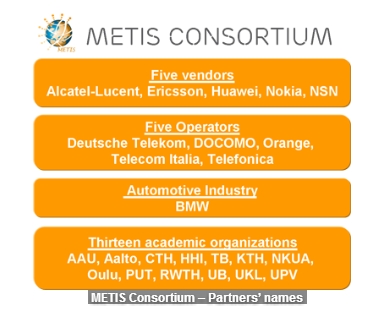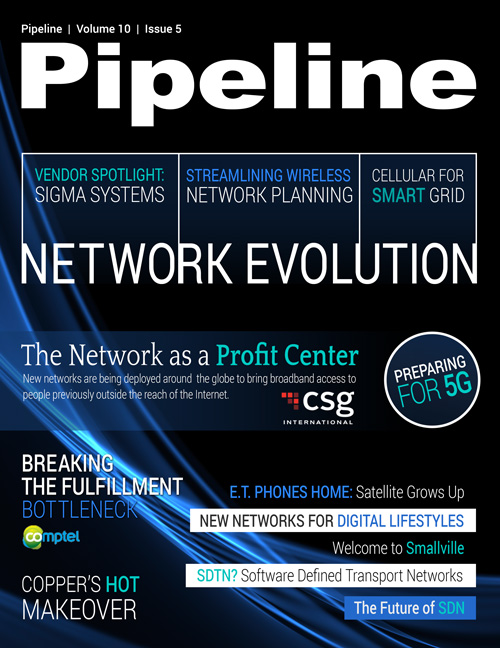5G and the Future of Wireless Networks
Near the end of July the Chinese network equipment manufacturer (NME) let the world know that its researchers are answering the call of 5G R&D: Huawei is participating in industry collaborations such as METIS, which stands for “Mobile and Wireless Communications Enablers for the Twenty-twenty Information Society” and whose main objective is to build the framework for 5G. The other members of the METIS project can be seen in figure 2 below.

The intersection of the cloud, Big Data, M2M, and 5G will bring about an exciting new automated future, said Dr. Wen Tong, Huawei fellow and the head of its Communications Technologies Labs, in a June press release. “5G wireless will, first of all, open the frontiers of a new end-user experience. For example, visual communication will become the mainstream, and people will use wireless devices to interact instantly with people remotely, as if they were meeting face to face. 5G wireless will also wirelessly connect an enormous number of ‘things’ to the network. Therefore, in combination with cloud computing and Big Data technologies, we can essentially automate the entire society.”
Ultimately, 5G is about the way networks interrelate and the customer experience they deliver. To that end, a network must be designed with the future in mind, as a loosely affiliated grouping of provider partners whose hardware can be dynamically utilized through virtualization technologies, which is why a wholistic software-defined networking (SDN) strategy is paramount. Similarly, heterogeneous networks, or HetNets, must be fully ironed out, and new access technologies like Wi-FI and satellite must be carrier grade. By making the correct investments now, mobile service providers can both roll out 4G LTE and pave the way for the 5G future.






















